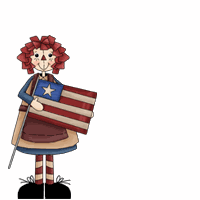


Bringing light into a dark world, “Santa Lucia” is a symbol of hope for the people of Sweden. Dressed in white with a crown of candles in her hair, Saint Lucia also serves as a beautiful visual reminder of the start of the holiday and Advent season each year. Santa Lucia Day is traditionally celebrated on December 13.
According to legend Santa Lucia appeared to a starving people of Scandinavia, on what was then the darkest and shortest day of the year, and brought them light, nourishment, and hope."
For more than a thousand years, the Swedish saint of light has been celebrated by Swedes and, more recently, Scandinavian-Americans. In Sweden, on the morning of Santa Lucia Day, the eldest daughter in each family dresses in a white robe with red sash, and wears a wreath of lingonberry branches and candles on her head. She carries coffee and a breakfast of sun-colored saffron buns and gingerbread cookies to her parents in their room. Her sisters and brothers follow; the girls carry candles and the boys wear tall, pointed caps.










1 comment:
okay, so when I come back in my next life, I want to be the parent of a Swedish daughter who will bring me sun-colored saffron buns and gingerbread with coffee, IN BED, no less, on the am of Santa Lucia Day -- WHO KNEW? what a delightful tradition ... you've inspired me to look up Italian Christmas traditions - thanks again, Ann, for your amazing blog posts. -- Davielle
Post a Comment